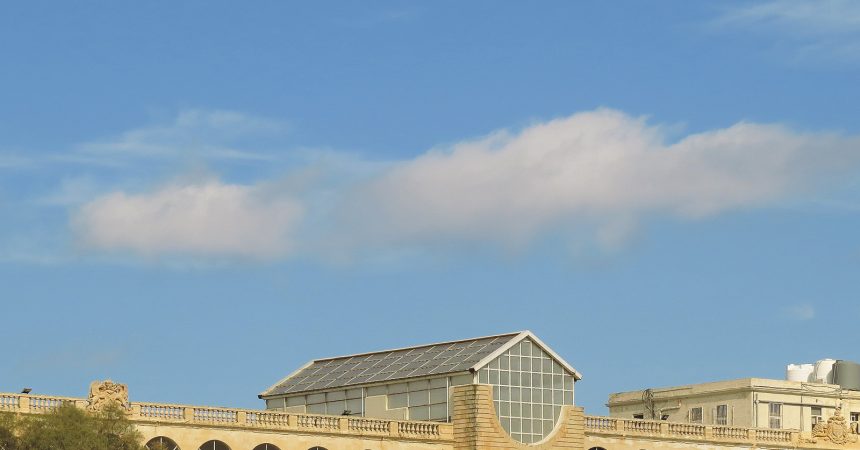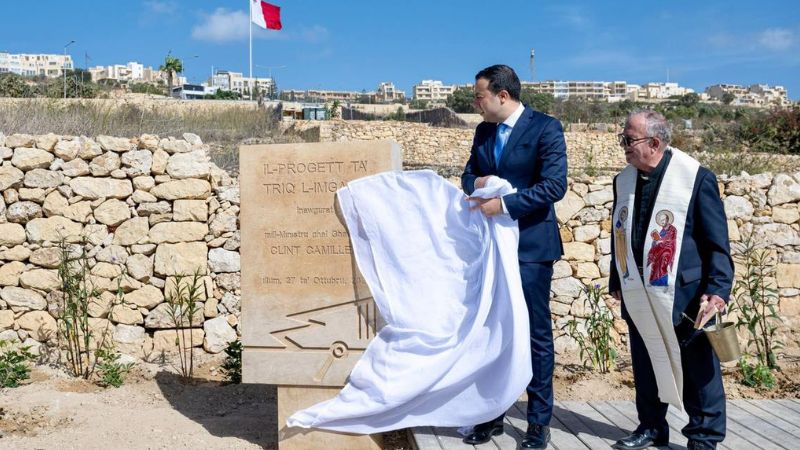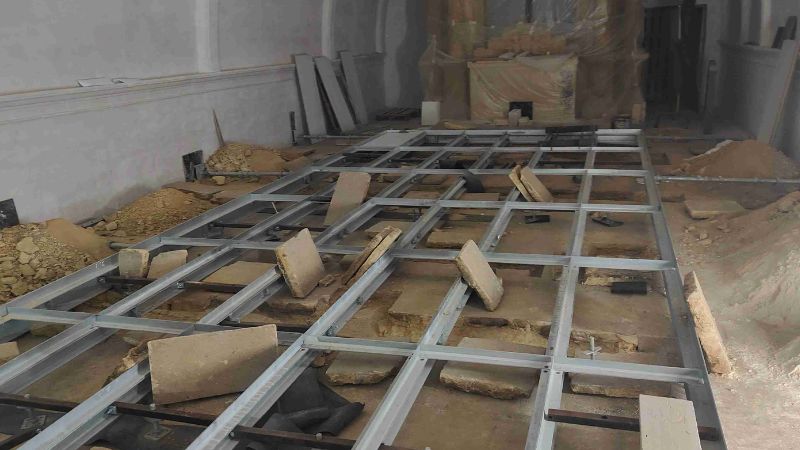The historical barracks currently hosting the Institute of Tourism Studies will be dismantled and reassembled as part of the hotel development by DB Group, according to the project’s Environment Planning Statement.
These barracks are designated as Grade 2. Permission to demolish such buildings is not normally granted and alterations to the interior are only allowed if “carried out sensitively and causing the least detriment to the character and architectural homogeneity of the building,” planning regulations state.
The Environment Planning Statement presented by the developer’s consultants, ERSLI, reveals that the dismantling of the ITS building will commence in parallel with excavation works.
The authors of the Environment Planning Statement acknowledge that the “integrity of the asset” would be “compromised” through the design strategy.
The first task will be the removal of the coat of arms which will be stored off-site. This will be followed by the numbering of the masonry which will be retained. Once this is completed all the stone work of the portico will be dismantled and stored.
Deteriorated stones will be replaced by new ones fabricated for use once the portico is re-erected. Modern additions made to the building in previous years will also be removed.
In rather stronger words, Archaeology Services Co-operative Ltd, which conducted a study on the impact of the development on the historical heritage, described the impact of such development as “adverse.”
ASC also concluded that the “retention or at least reconstruction of the whole barracks (ITS building), with a restoration of the internal features covered by modern accretions” could minimise the impact.
The EPS coordinators argue that the new design “would contribute a degree of uniqueness to the overall scheme.”












